
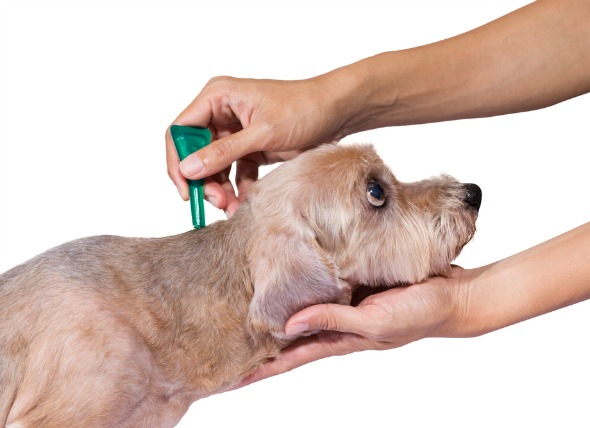
Pyrethrin and pyrethroid are insecticides typically used for treating flea and tick infestations. Pyrethrins are derived from the Chrysanthemum cinerariaefolium plant, and from pyrethrum-related plant species. Pyrethroids are similar, but are synthetic rather than naturally based, and are longer lasting; these include allethrin, cypermethrin, deltamethrin, fenvalerate, fluvalinate, permethrin, phenothrin, tetramethrin, and etofenprox.
An adverse reaction to any of these toxins will affect the dog's nervous system, reversibly prolonging sodium conductance in nerve axons, and resulting in repetitive nerve discharges. These reactions occur more frequently in small dogs, and young, old, sick, or debilitated animals.
If you would like to learn more about how this condition affects cats, please visit this page in the PetMD health library.
Symptoms are often based on the type of reaction the dog undergoes, such as:
Dogs with abnormally low body temperatures, such as occurs after bathing, anesthesia or sedation, are predisposed to clinical signs of toxic poisoning.
Your veterinarian will perform a thorough physical exam on your pet, taking into account the background history of symptoms and possible incidents that might have precipitated this condition.
These may include: Has your pet been exposed to these substances? How much and when? Has your pet been around other animals that have been treated with them? When did the symptoms become apparent?
These questions are the best way to identify a list of possible irritants, since it can be difficult to detect these forms of insecticides in the dog's tissues or fluids.
Adverse reactions such as salivation, paw flicking, and ear twitching are often mild and self-limiting. If your dog has been saturated with spray products, dry it with a warmed towel and brush. If mild symptoms continue, bathe your dog at home with a mild hand-dishwashing detergent.
If symptoms continue and progress to tremors and incoordination, your dog will require immediate veterinary care and hospitalization. Dogs that are seriously affected will need to be stabilized, including fluid support and maintenance of a normal body temperature. Once your pet is stable, a bath with liquid hand-dishwashing detergent and warm water is critical.
Your veterinarian may also prescribe medications to lessen the severity of the symptoms and to help detoxify the dog's body.
Hypersalivation may recur for several days after use of a flea-control product on an animal. Most mild to severe clinical signs resolve within 24 to 72 hours.
Proper application of flea-control products greatly reduces incidence of adverse reactions; directions must be followed closely. The correct dose for most sprays is one to two pumps from a typical trigger sprayer per pound of body weight.
Spray the Pyrethrin or Pyrethroid onto a grooming brush, and evenly brush through the hair coat. Be careful not to accidentally spray the product into the dog's mouth.
If you are using these products in liquid form, commonly called dips, never submerge your pet into the liquid. Instead, pour the liquid over the body, using a sponge to cover the dry areas.
With house and lawn products, do not apply topically (to the skin). After treating the house or yard, do not allow your pet in the "treated" area until the product has dried and the environment has been ventilated.
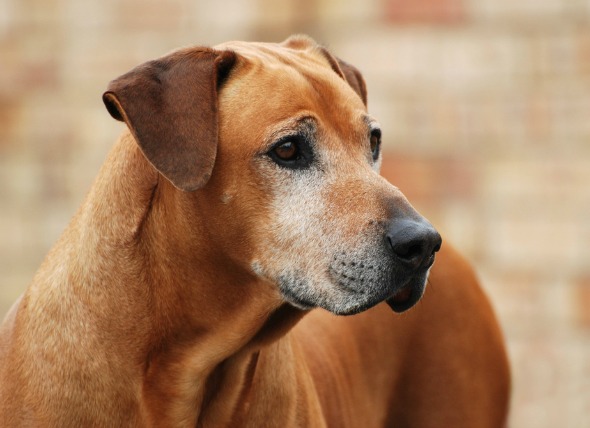 Testicular Tumor (Sertoli Cell) in Dogs
Sertoli Cell Tumor in Dogs
Sertoli cell tumors ar
Testicular Tumor (Sertoli Cell) in Dogs
Sertoli Cell Tumor in Dogs
Sertoli cell tumors ar
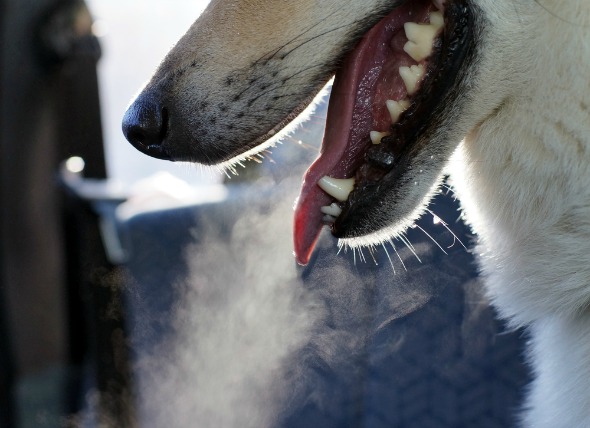 Allergic Shock in Dogs
Anaphylaxis in Dogs
Anaphylaxis is an emergency c
Allergic Shock in Dogs
Anaphylaxis in Dogs
Anaphylaxis is an emergency c
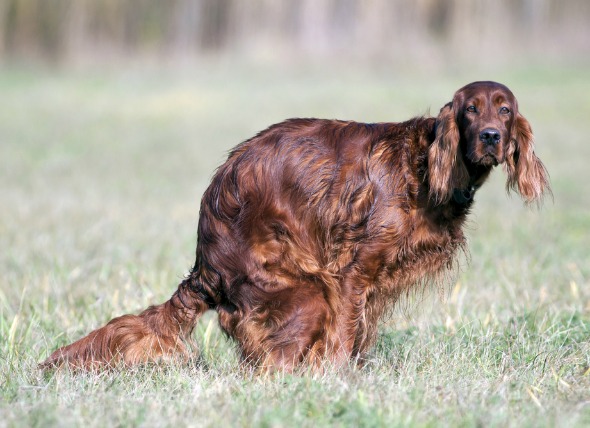 Constipation in Dogs
Constipation and Obstipation in Dogs
Infrequent,
Constipation in Dogs
Constipation and Obstipation in Dogs
Infrequent,
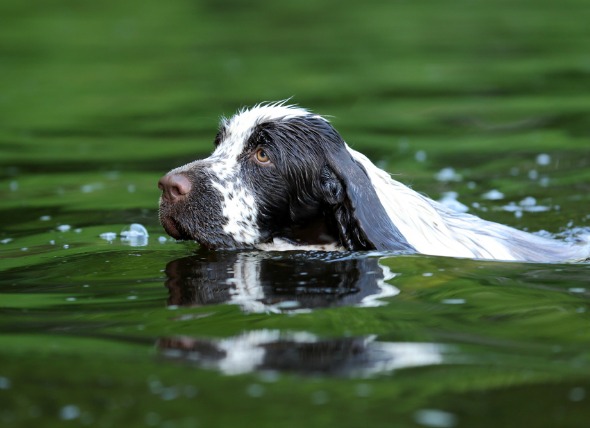 Drowning (Near Drowning) in Dogs
Hypoxemia Due to Aspiration of Water in Dogs
Near
Drowning (Near Drowning) in Dogs
Hypoxemia Due to Aspiration of Water in Dogs
Near
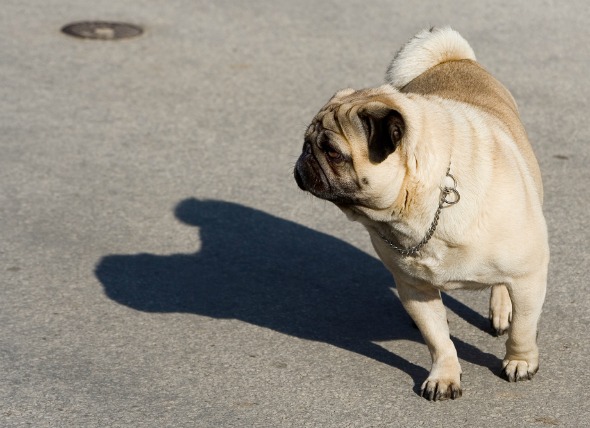 Front Leg Deformity in Dogs
Antebrachial Growth Deformities in Dogs
On occasi
Front Leg Deformity in Dogs
Antebrachial Growth Deformities in Dogs
On occasi
Copyright © 2005-2016 Pet Information All Rights Reserved
Contact us: www162date@outlook.com